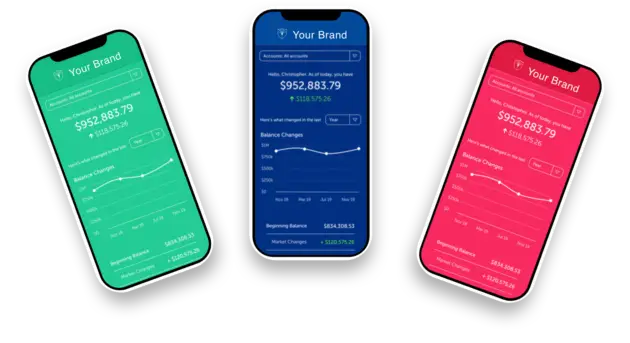Last Updated on March 17, 2022 by John Prendergast
The shift from doing business in person to operating virtually has been underway for some time. Some industries have embraced it, resulting in global economies of scale that set the blueprint for others to follow. Wealth management still has some catching up to do.
Prior to 2020, financial advisory firms viewed virtual client service as a novelty. It was “cool,” but it wasn’t an essential service. That obviously changed during the pandemic. Wealth managers were forced to use virtual tools to maintain client relationships.
With the world opening back up, the question many advisors are asking is whether those virtual practices should remain in effect. This week, we’re looking at how virtual wealth management tools can help you improve existing client relationships and develop new ones.
Virtual Advising Benefits the Client and the Advisor
The benefits of virtual client service should be clear after the year we all just experienced. People have become accustomed to meeting on Zoom. It’s simpler, saves on time and travel, and is no longer new. Some of your clients will want to continue with that system.
Other clients want to see their advisor in person. The world needs physical interaction right now, so get out there when you’re able. Restaurants are open and people want to socialize, so meals are a thing again. We might even see a live conference or two later this year.
You can have both. Many firms have developed a hybrid model where the initial consultation is done in person and follow-up meetings are on Zoom. Could that benefit your firm? We looked at it and came up with the following areas where we’ve seen positive results.
- Client Meetings: This one is obvious. When the world closed and folks were forced to stay home, virtual meetings kept us all in business. Many firms would have gone under without it. Video conferencing is no longer a novelty. It’s an essential service.
- On-Demand Reporting: With at-home employment and asynchronous communication becoming the norm, on-demand reporting has become a valuable tool. Scheduling in-person meetings to go over quarterly printed reports is an antiquated practice.
- Automated Email Updates: Much to the surprise of more traditional wealth managers, operating virtually opened new opportunities to scale. With the accelerated growth this brought to the industry, automated branded email updates are now more popular than ever.
- Brand Awareness: Branding opportunities are everywhere. The Zoom meeting invitation can be branded. Reporting and client portals have brands. Social media is used to promote brand awareness. This is all part of doing business in the “new normal.”
- Time Management: Meeting online eliminates the need to travel, and meetings can be scheduled to run for a specific time. Those extra hours in your day can be used for growth activities, meetings over a meal, or maybe playing a round of golf.
Utilizing these tools improves the client experience because they get the same benefits from it that you do. No one wants to sit in traffic and sit in a stuffy office to go over reports they don’t understand. Provide simple reporting online and use online meetings to build the relationship.

Check out MyAdvisor by Blueleaf
A powerful client mobile app with a personal touch.
Creating Your Own Economy of Scale
According to Oxford, the term “economy of scale” is defined as “a proportionate saving in costs gained by an increased level of production.” This is what operating virtually has done for wealth management. Fixed costs remain the same. Accelerated growth is more attainable.
Let me break it down for you. In a traditional system, the cost of maintaining each client is equal because all the servicing is done by human beings. A certain number of hours are required for each task that needs to be performed. Adding clients increases costs.
In a virtual system, where automation is used for communication and reporting is on-demand in a client portal, costs and are flatter and human time to service is less for each client giving you room to grow your client count without large cost increases or substantial additional demands on your time.
The expression “economy of scale” is generally used to describe manufacturing operations, where ramping up production and expanding distribution can bring costs down. Isn’t that exactly what you’re doing when you go virtual and add automation technology?



